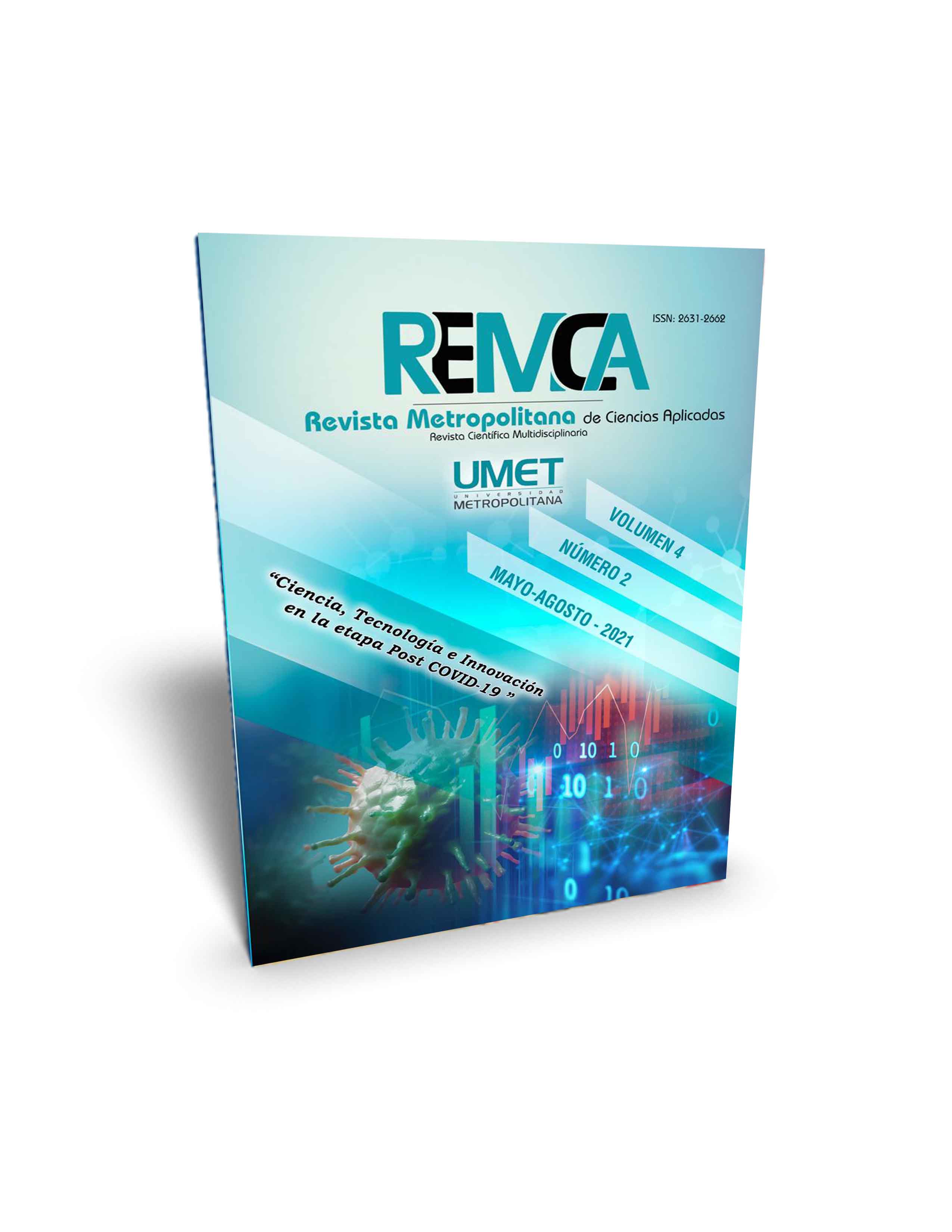Estimated determination of the carbon footprint in a rural municipality
DOI:
https://doi.org/10.62452/q4s0tr13Keywords:
Carbon footprint, climate change, greenhouse gasesAbstract
An expression of local development is environmental sustainability and one of the objectives of the ecological economy is the search for sustainability indicators, so it is necessary to find the most appropriate ones to draw up correct strategies from the local level. The carbon footprint can be one of those integrating indices for correct decision-making at the municipal level. The present work summarizes the results of a first approach to the subject in the municipality of Lajas, province of Cienfuegos, Cuba. For this, the methodology of the Spanish Office of Climate Change of the Ministry of Agriculture, Food and Environment was applied, adapted to the conditions of Cuba. Based on the selection of the most important socioeconomic activities in the municipality, the carbon footprint for 2020 and its behavior in relation to the previous year were calculated. A balance with the absorption capacity of the agricultural-forestry activity allowed to verify if the flora of Lajas responds to the CO2 emissions to the atmosphere to propose improvement actions in the locality.
Downloads
References
AQUAE FUNDACIÓN. (2016). Los árboles son los pulmones del planeta. https://www.fundacionaquae.org/los-arboles-los-pulmones-del-planeta/
Carballo, A. (2009). El ecoetiquetado en base a la huella ecológica y del carbono: Una herramienta de marketing verde. Revista UAI Sustentabilidad, 7.
Cuba. Oficina Nacional de Estadística e Información. (2019). Anuario Estadístico de Cuba 2019. http://www.onei.gob.cu/sites/default/files/aec.pdf
España. Ministerio para la Transición Ecológica y el Reto Demográfico. (2020). Factores de emisión. Registro de Huella de Carbono, compensación y Proyecto de absorción de dióxido de carbono. https://www.miteco.gob.es/es/cambio-climatico/temas/mitigacion-politicas-y-medidas/registro-huella.aspx
Espíndola, C., & Valderrama, J. O. (2011). Huella del carbono. parte 1: conceptos, métodos de estimación y complejidades metodológicas. Información tecnológica, 23(1), 163-176.
Hertwich E., & Peters, G. P. (2009). Carbon Footprint of Nations: A Global, Trade-Linked Analysis. Environmental Science & Technology, 43(16), 6414-6420.
Oficina Española de Cambio Climático. (2016). Guía para el cálculo de la huella de carbono y para la elaboración de un plan de mejora de una organización. Ministerio de Agricultura, Alimentación y Medio Ambiente.
Padgett, P. (2008). A Comparison of Carbon Calculators.Environmental Impact Assessment Review, 28, 106–115.
Pandey, D., Agrawal, M., & Pandey, J. S. (2010). Carbon footprint: Current methods of estimation. Environmental Monitoring and Assessment, 178(1-4), 135-160.
Plasmann, K., Norton, A., Attarzadeh, N., Jensen, M.P., Brenton, P., & Jones, G. E. (2010). Methodological complexities of product carbon footprinting: A sensitivity analysis of key variables in a developing country context. Environmental Science & Policy, 13(5), 393-404
Unión Europea. (2012). Cálculo automático de emisiones totales en relación a los consumos energéticos de sus instalaciones. Fondo Europeo de Desarrollo Regional-Gobierno de Aragón.
Zermeño González, A., & Villatoro Moreno, S. (2012). Estimación del intercambio neto de CO2 en un cultivo de caña de azúcar durante el ciclo de plantilla. Agrociencia, 46(6), 579-591.
Downloads
Published
Issue
Section
License
Copyright (c) 2021 Romel Nodarse García, Yuneisy Alonso García (Autor/a)

This work is licensed under a Creative Commons Attribution-NonCommercial-ShareAlike 4.0 International License.
Authors who publish in Revista Metropolitana de Ciencias Aplicadas (REMCA), agree to the following terms:
1. Copyright
Authors retain unrestricted copyright to their work. Authors grant the journal the right of first publication. To this end, they assign the journal non-exclusive exploitation rights (reproduction, distribution, public communication, and transformation). Authors may enter into additional agreements for the non-exclusive distribution of the version of the work published in the journal, provided that acknowledgment of its initial publication in this journal is given.
© The authors.
2. License
The articles are published in the journal under the Creative Commons Attribution-NonCommercial-ShareAlike 4.0 International License (CC BY-NC-SA 4.0). The terms can be found at: https://creativecommons.org/licenses/by-nc-sa/4.0/deed.en
This license allows:
- Sharing: Copying and redistributing the material in any medium or format.
- Adapting: Remixing, transforming, and building upon the material.
Under the following terms:
- Attribution: You must give appropriate credit, provide a link to the license, and indicate if any changes were made. You may do this in any reasonable manner, but not in any way that suggests the licensor endorses or sponsors your use.
- NonCommercial: You may not use the material for commercial purposes.
- ShareAlike: If you remix, transform, or build upon the material, you must distribute your creation under the same license as the original work.
There are no additional restrictions. You may not apply legal terms or technological measures that legally restrict others from doing anything the license permits.




